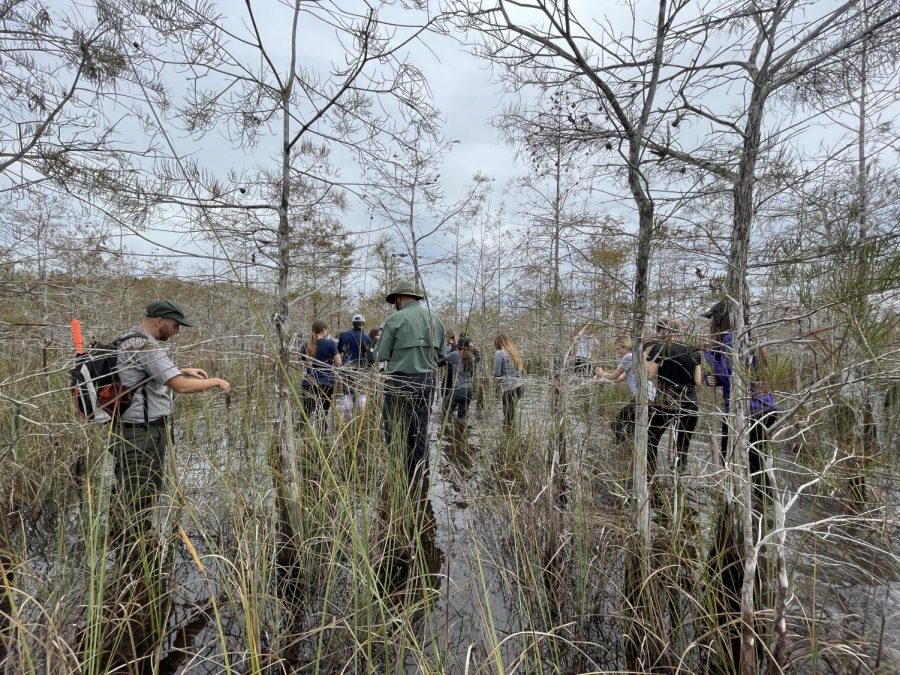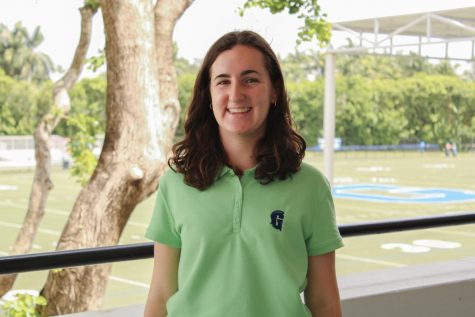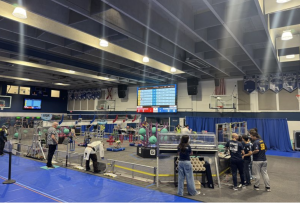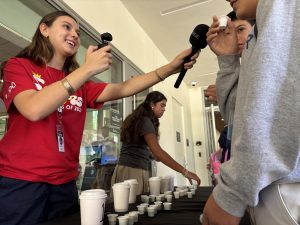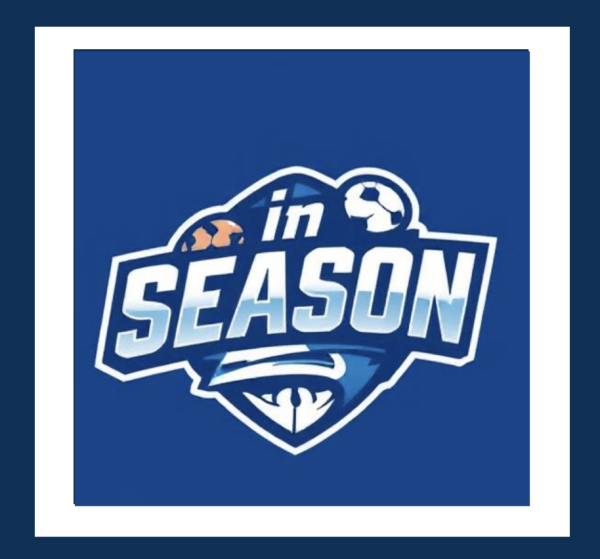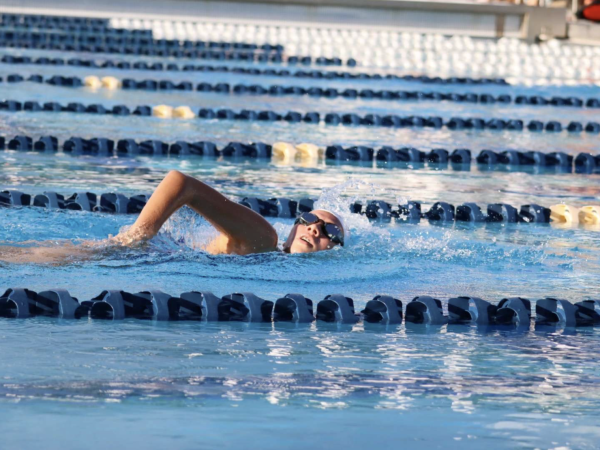Slideshow | Immersed in Nature
IB Environmental Systems & Societies (ESS) students spent a day slough slogging and exploring the Everglades to appreciate South Florida’s stunning natural backyard.
November 22, 2021
After a ten-minute drive from the Everglades Nature Center, the bus pulled onto the side of the road. There was no cell phone service, and layers of cypress trees stretched out from either side of the pavement.
IB Environmental Systems and Societies (ESS) students in long pants, hats, and sneakers piled out of the vehicle to meet park rangers waiting in the grassy edges. After a discussion with the rangers about their unique natural surroundings, students took their hiking sticks and began to walk directly into the marsh. The destination: a natural wetland community called a cypress dome, featuring dense vegetation and waters as high as waist-level. The area is home to alligators, birds, cottonmouth snakes, and other Everglades inhabitants.
This experience of trudging into the uncharted terrains of Big Cypress National Preserve is a popular activity to South Florida environmentalists known as “slough slogging.” Every year, ESS teacher Karen Cateriano leads her students on a field trip to Everglades National Park, where they explore the swamp, walk along Anhinga Trail, and, as a tradition, finish the day with milkshakes at the outdoor market Robert Is Here in Homestead, Fla.
For many students, the trip was an opportunity to see South Florida’s unique ecosystem from a perspective they never had experienced before.
“I’ve been to the Everglades once to go on an alligator airboat ride, but I thought that [slough slogging] was even better because we were experiencing their natural habitat,” junior Ella Alon said.
When students reached the center of the cypress dome, rangers instructed them to each stand away from the rest of the group for one minute of silence, for the purpose of appreciating the intrinsic value of the marsh.
“When we got to the cypress dome it was so beautiful, peaceful, and absolutely magical,” Alon commented.
Since November is part of the Everglades’ dry season and wildlife tends to leave the areas where slough sloggers are exploring, there was no need to fear for alligators. Nevertheless, to the group’s surprise, junior Jorge Freund had an encounter with a cottonmouth snake inside the cypress dome.
“I was walking through the mud, and about two feet away from me I saw what I thought was a wood log,” recounted Freund. “I realized it was a cottonmouth when the snake opened its mouth to me with its fangs out.”
During the field trip, Cateriano encouraged students to be adventurous and identify the biotic and abiotic environmental factors that they had learned about in class while exploring the national park. Most of all, Cateriano has used her nearly ten years of sponsoring the trip to open students to the natural wonders that the Everglades offers.
“I want [the students] to really appreciate, respect, and learn to love nature,” said Cateriano. “That’s the whole idea behind this trip: that they can be a part of nature, rather than just reading a book or watching videos about it.”

